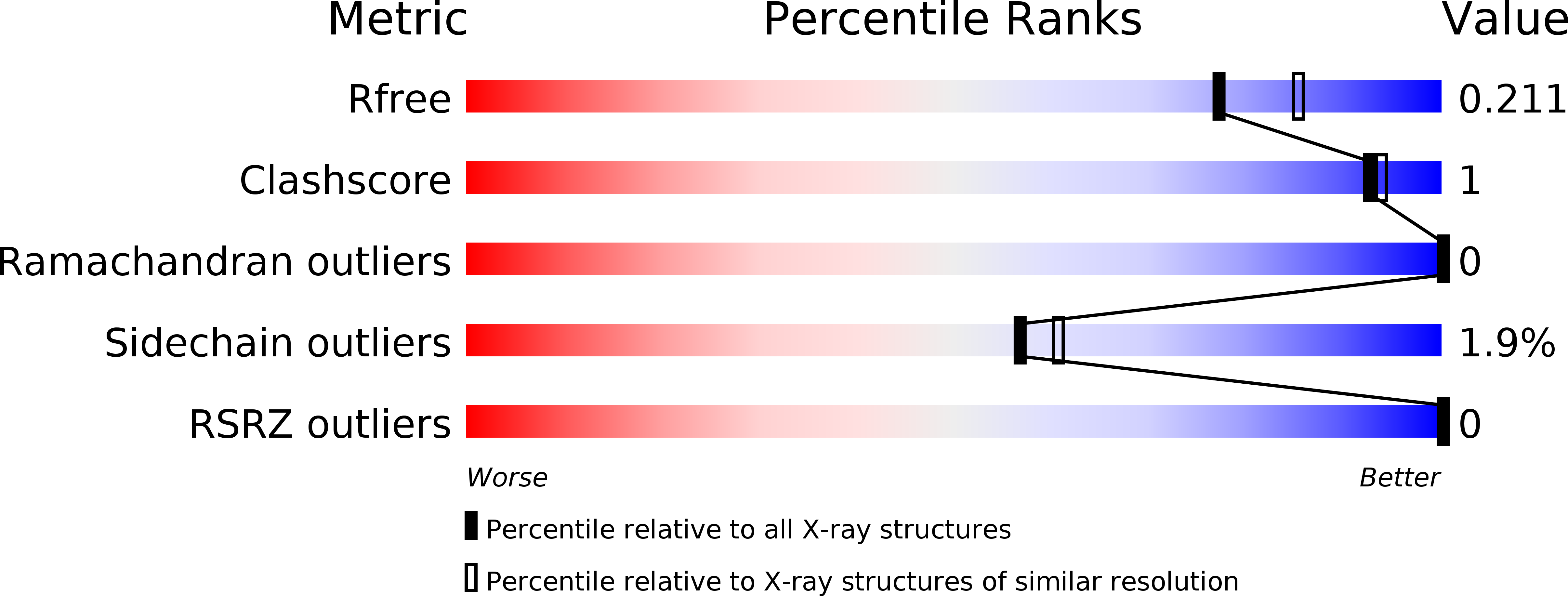
Deposition Date
2019-06-08
Release Date
2020-03-18
Last Version Date
2024-10-16
Entry Detail
PDB ID:
6RXI
Keywords:
Title:
In-flow serial synchrotron crystallography using a 3D-printed microfluidic device (3D-MiXD): Lysozyme
Biological Source:
Source Organism:
Gallus gallus (Taxon ID: 9031)
Method Details:
Experimental Method:
Resolution:
2.00 Å
R-Value Free:
0.20
R-Value Work:
0.15
R-Value Observed:
0.15
Space Group:
P 43 21 2


